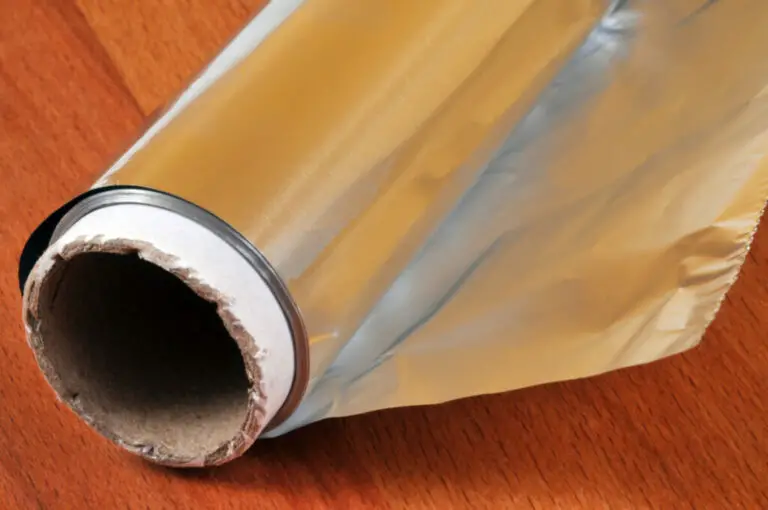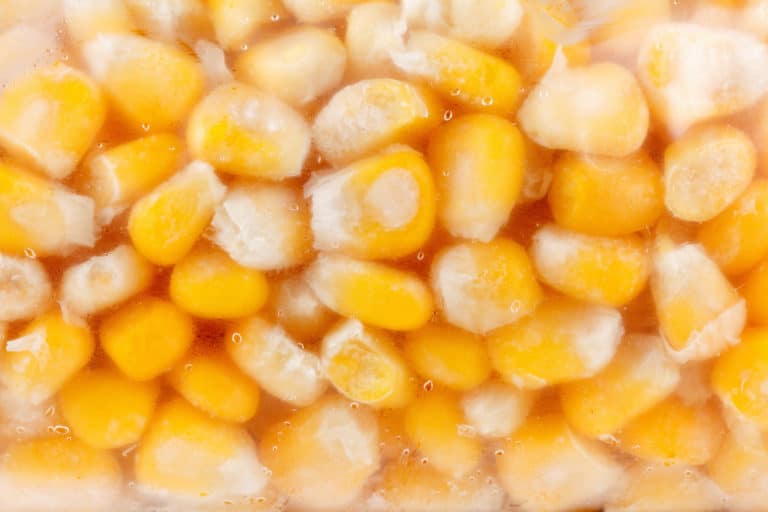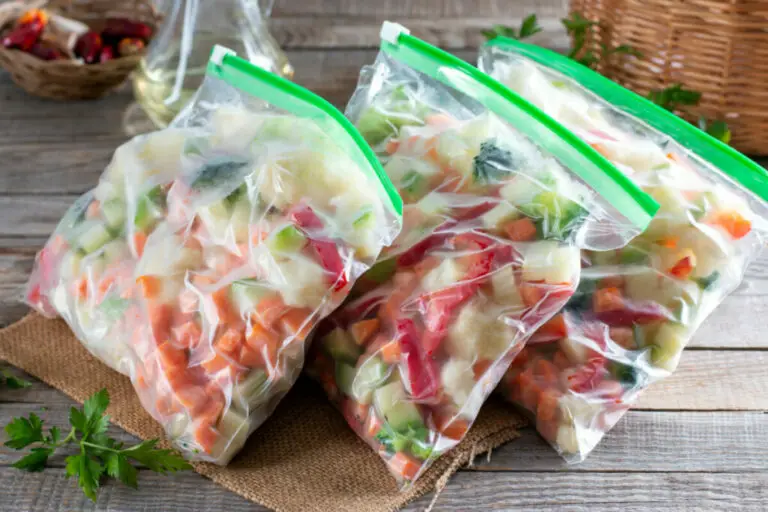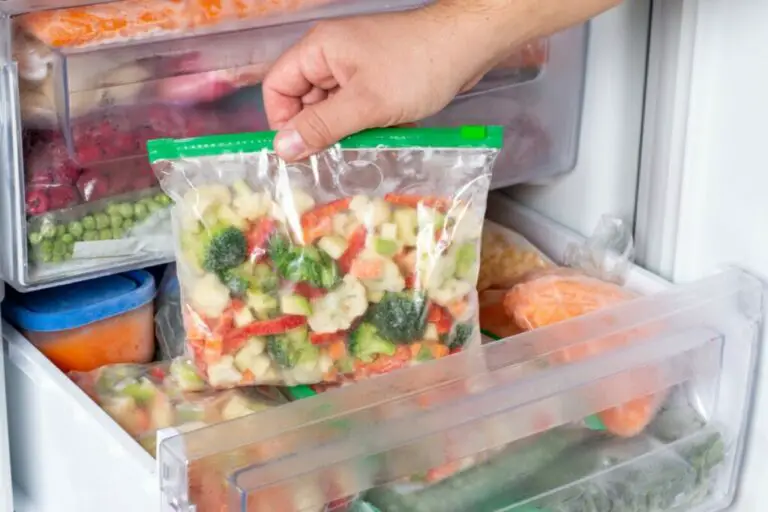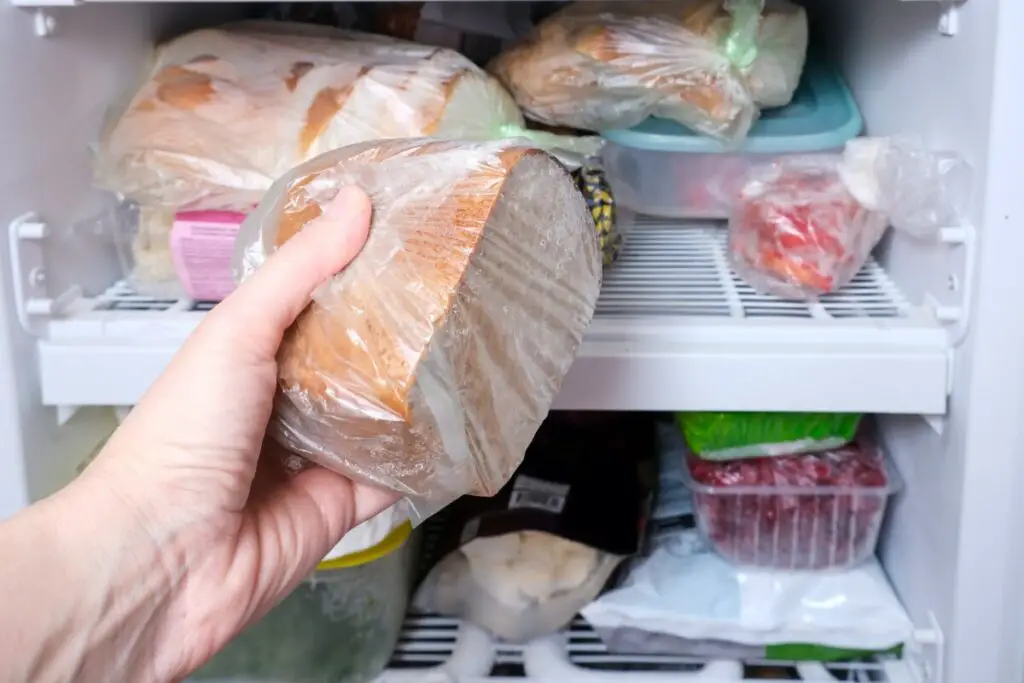
Freezing food can be incredibly helpful and extend the lifetime of many food products. However, there are some kinds of food that should not be frozen, which makes it difficult to know what kinds of food are safe to freeze and which ones are not.
There are many foods that people don’t realize can be safely stored in the freezer. Listed below are 10 of these foods.
1. Applesauce
You can freeze homemade or store-bought applesauce. To do this, place your applesauce into resealable freezer bags and label each bag with the date that you are freezing it. Then, lay each of the bags flat in your freezer. When you are ready to use it, put it in the fridge or set it on the counter for a few hours.
If you like to buy applesauce in pouches, you can just freeze them in their original packaging. When putting the frozen applesauce pouches into your lunch box, use them as ice packs to keep the other food in the lunch box cold.
2. Avocado
Avocados are notorious for going bad quickly. Luckily, you can freeze avocados.
Avocados can be frozen whole when wrapped in plastic wrap and put into the freezer. When freezing avocado halves, brush some lemon juice on each half, put them together, and wrap them in plastic wrap. If the avocado is sliced into cubes or slices, put the avocado on a baking sheet with space in between each piece and freeze the entire tray. Once the individual pieces are frozen, put them into a sealable container like a freezer bag.
Although freezing avocados is completely safe, it does alter the texture. If you are freezing the avocado whole, in chunks, or in slices, the thawed version will be a little bit softer than when you originally froze it. This makes it perfect for smoothies, guacamole, or avocado toast!
To freeze mashed avocado, add 1 tablespoon of lemon juice for each avocado that was smashed and then portion it into small to medium-sized freezer containers. Choose a container that will minimize the amount of air in between the avocado and the lid.
3. Garden Produce
It is easy to freeze fresh garden produce for later use. This includes vegetables such as chopped carrots, grate zucchini, chopped rhubarb, strawberries, blackberries, blueberries, or nearly any other kind of produce you can think of.
When freezing vegetables, cut them in the way that you intend to use or eat them later on. Then place the produce into sealable freezer-safe containers or resealable plastic bags. Plastic bags are typically best because they minimize air exposure.
4. Raw Eggs

Many people don’t realize that they can freeze eggs to extend their shelf life. Luckily, you can freeze eggs for up to 1 year without losing any of their nutritional quality.
When freezing eggs, always crack the eggs before putting them into the freezer because the liquid will expand and will crack the shell if frozen whole. Use a muffin tin or ice cube tray to store the cracked eggs. To put these eggs into the tray, crack one egg into each muffin tin circle or ice cube square.
You can also put all of the eggs that you want to freeze into a bowl and mix in a little bit of sugar or salt. After the eggs and salt or sugar are mixed, put some of the mixture into each muffin tin circle. Make sure you don’t overfill the muffin tin.
Put the tray in the freezer until the eggs are completely frozen. This will take about 6 hours. Then pop the eggs out of the muffin tin and put all of them into a plastic freezer storage bag. Work quickly to ensure the eggs don’t thaw. You can then open the bag and pull out however many eggs you need at a time before resealing.
Adding salt or sugar will help the egg yolks to not thicken too much when frozen. However, this will change the taste of the eggs, so add salt or sugar according to what you intend to use the eggs in. For example, if you are planning on putting the eggs in a savory dish, add salt. If you will put the eggs into baked goods, add sugar.
5. Cooked Rice
Many dishes are best served with rice, and it is an easy addition to any meal that will add flavor, substance, and nutrition. When making rice, however, it is easy to make too much. Luckily, both brown and white rice can be frozen. cool the rice completely before storing it in the freezer. A plastic container is a great thing to use to store the rice in the freezer, and you can use the same container to reheat the rice in the microwave.
When reheating frozen rice, put 1-2 tablespoons of water into the container before heating it up, as the rice will dry out if you don’t. You could alternately thaw the rice and then transfer it into a pan on the stove on low heat. You will still want to add a few tablespoons of water and stir frequently to prevent burning.
6. Yeast
Once a container of yeast has been opened, it will need to be kept in the fridge or freezer to preserve its shelf life. Both active dry and instant yeast need to be stored in a cool, dark place like a refrigerator or freezer. The shelf life of these types of yeast, when stored correctly, is about 2 years when unopened, 4 months when opened and kept in a refrigerator, and 6 months when opened and placed into a freezer. However, fresh yeast should not be frozen and must be kept in the refrigerator.
A benefit to freezing yeast is that you will not need to thaw it out before using it. No matter where you store it, you should keep it in an airtight container. If you bought the yeast in individual packets or in a jar, you can use the original packaging to freeze the yeast in. If the yeast came in a bag, use a storage clip to keep out air and moisture.
7. Butter or Margarine
Both butter and margarine are very helpful when baking, and almost every recipe requires butter in some way. While the shelf life of butter and margarine is quite long, both of these products can be frozen.
If the margarine came in a tub, you can put that directly in the freezer. If the butter or margarine came in cardboard or paper packaging, place the butter into a ziplock bag while it is in the packaging. Then put it directly into the freezer.
As you use the butter in the fridge, you can easily begin to transfer the stored butter from the freezer into the fridge. When the butter is placed in the freezer before the best-buy date, it can be safely frozen for up to 4 months. Once you remove the butter from the freezer and place it on the counter or in the fridge, its shelf life will be about 30 days.
8. Grated Cheese

Freezing cheese will lengthen the shelf life of the cheese, allow for more storage space in the fridge, save you from constant trips to the store, acts as a method of food storage, and will ensure that you always have a bag of grated cheese ready when you need it. This can be done with cheese that is hand-grated or cheese that is purchased pre-grated from the store.
One of the benefits of storing grated cheese in the freezer is that it actually thaws very quickly. The cheese can be frozen in the bag it is sold in, or it can be frozen in airtight ziplock bags. When placed in resealable plastic bags or in another bag that is properly sealed, shredded cheese can last for up to 3 months.
If you only use small quantities of cheese at a time, consider storing the shredded cheese divided into smaller bags so you only thaw what you need. Be sure to write the date that you put the cheese in the freezer on the bag so you can keep track of how long it has been stored.
You can also freeze blocks of cheese in their original vacuum-sealed packaging. However, big blocks of cheese will take a lot longer than shredded cheese to thaw.
9. Milk
Many people don’t realize that there is a way to safely freeze milk. This needs to be done on or before the expiration or “best by” date.
It is best to freeze the milk in its original container. Since liquids expand when they are frozen, make sure to remove a small amount of milk before replacing the cap and freezing it. If you don’t the jug could break. If you don’t want to waste the milk you pour out to make more room in the jug before you freeze it, pour it into a freezable container.
There are a variety of ways that milk can be thawed. In most cases, takes about 8 to 10 hours for milk to thaw when left out on the countertop or table. Milk containers may crack with such a drastic change in temperature, especially if it has been frozen for a longer period of time. With plastic containers, it is safest to put them in a large bowl on the counter while thawing. As the milk thaws, any milk that goes through cracks and leaks in the container will be collected in the bowl and won’t get onto the counter.
Along with your favorite type of cow’s milk, you can also freeze all other types of milk, including oat, soy, almond, coconut, and goat’s milk.
Types of milk with high-fat content aren’t as suitable for freezing as other kinds of milk. Goat, coconut, or whole milk can not be kept frozen for as long as other types of milk and will most likely have a very different texture and flavor once thawed. Most kinds of milk will need to be shaken, stirred, or blended for a short period of time before you drink it, as some of the fat in the milk will separate from the rest of the beverage.
10. Bread
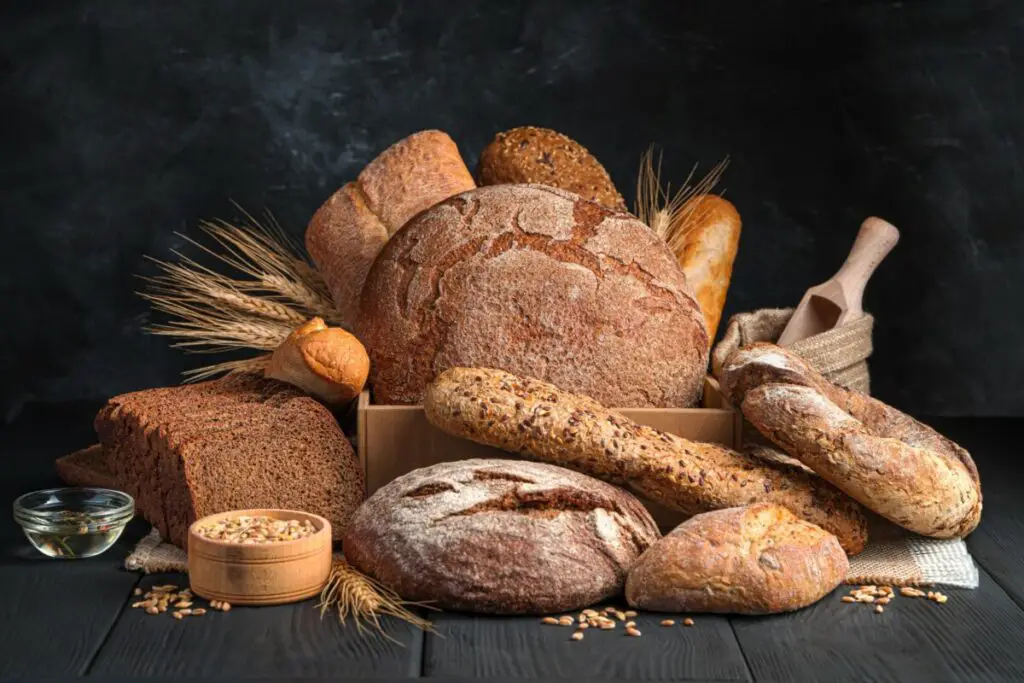
Bread is a staple in most homes. However, it goes bad quickly. Thankfully, bread can be frozen and stored for quite a while. Keep in mind that different kinds of bread need to be prepared in different ways before being frozen, and some will last longer in the freezer than others.
When freezing bread that will be used for sandwiches or toast, it is best to slice the bread before freezing, as it will be more difficult to cut while frozen. You could cut it after thawing, but the texture is often slightly more crumbly after it is frozen.
Bread should only be frozen once, so do not thaw and refreeze it. Each time it is frozen, the bread loses some integrity and flavor. When the defrosting and refreezing process is repeated, the bread becomes extremely bland and stale.
You can safely freeze almost any kind of bread, including rolls, french, swiss, wheat, white, multigrain, chia seed, pita, rye, whole, and sourdough bread. Generally, homemade bread will freeze better than store-bought bread because the ingredients are fresher and more natural.
To freeze store-bought bread, you can leave the bread in its original bag, just make sure to tightly close the open end to reduce the amount of exposure to air. If the packaging is damaged in any way, transfer the loaf to a new plastic freezer bag that can be sealed closed.
Homemade buns, rolls, or breadsticks should also be stored in a plastic bag before they are frozen. Homemade loaves of bread that may be too big to fit in a plastic bag can be wrapped in plastic wrap to keep them fresh. Use two or more layers of plastic wrap to ensure the entirety of the bread is well covered.

